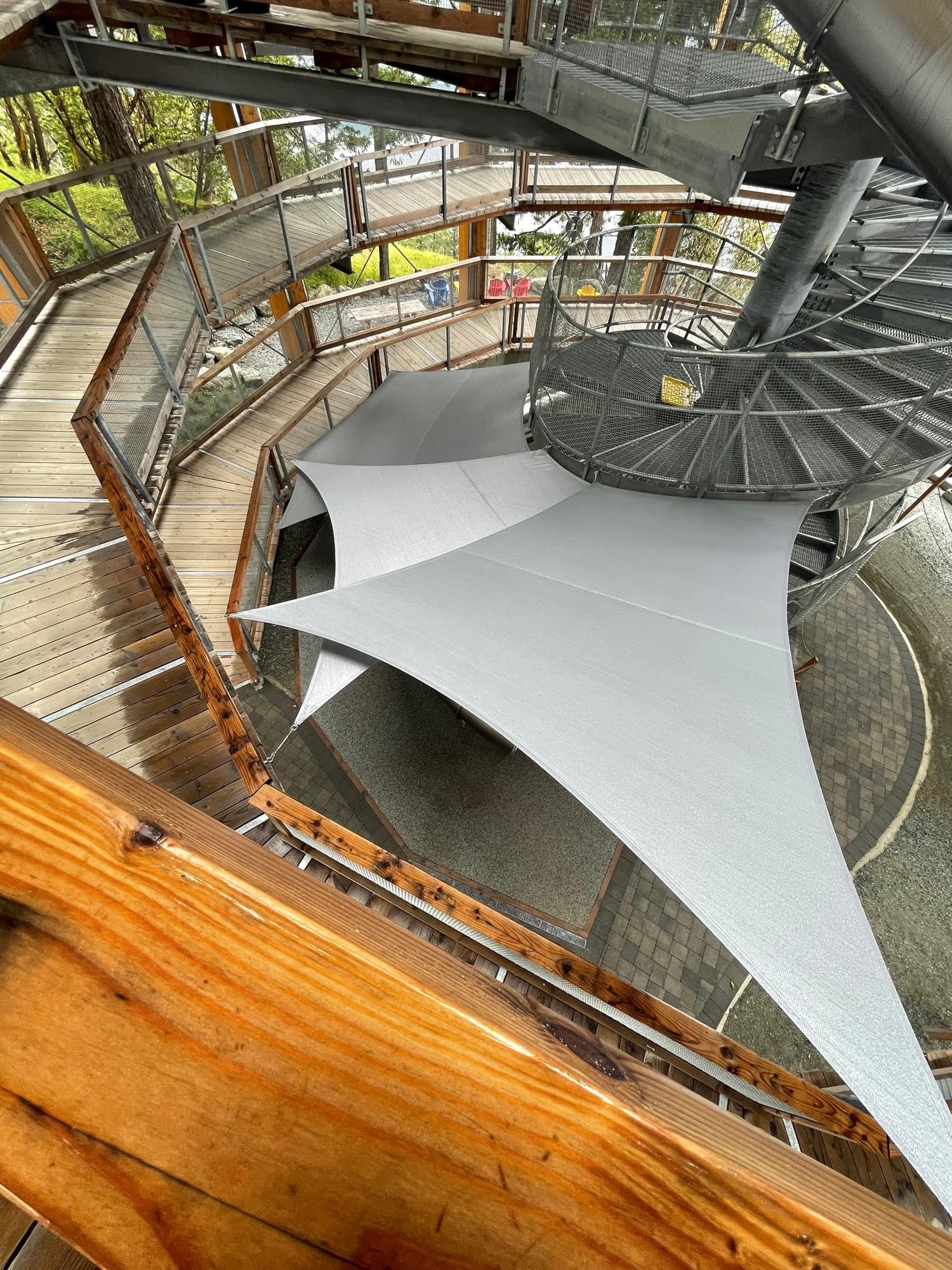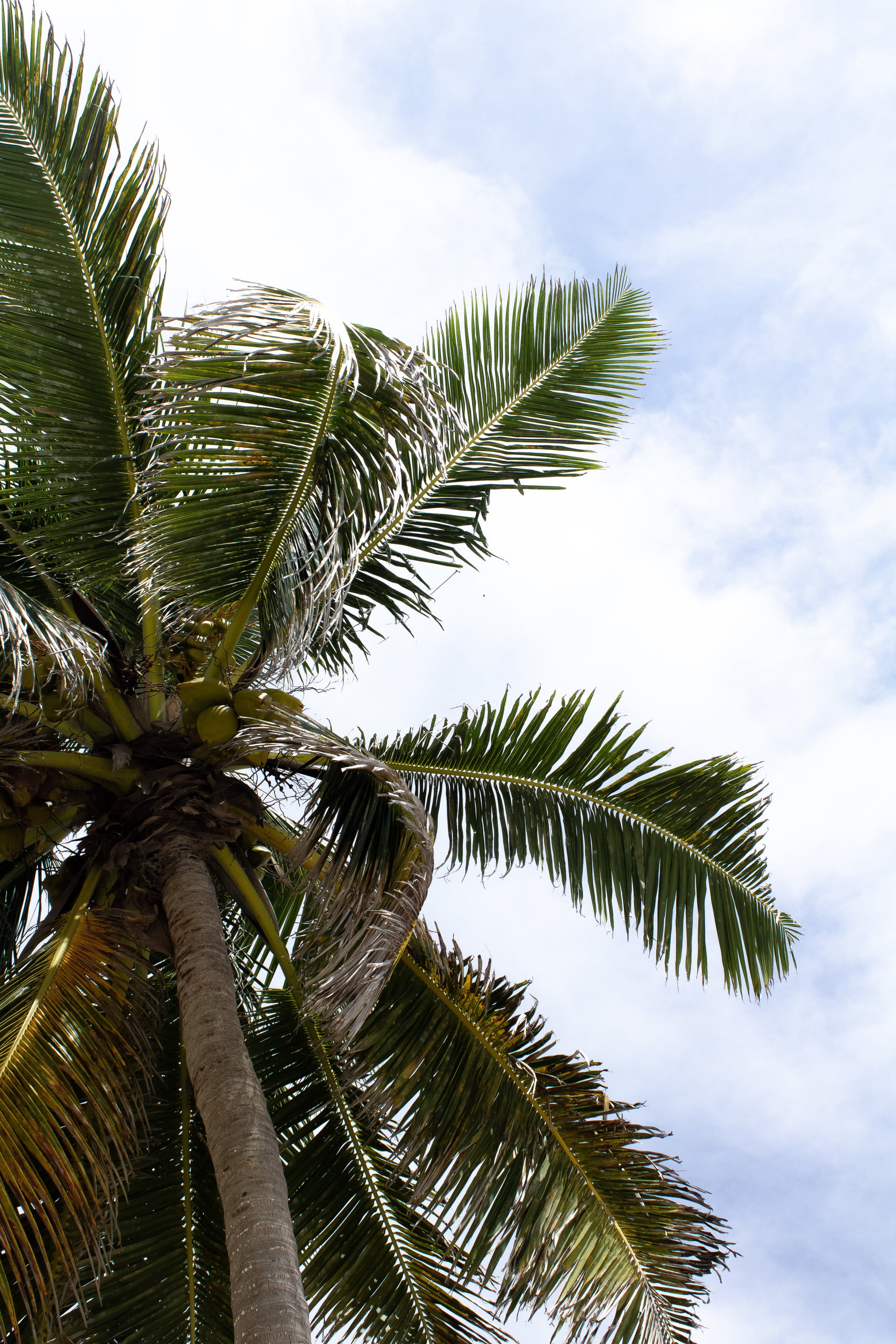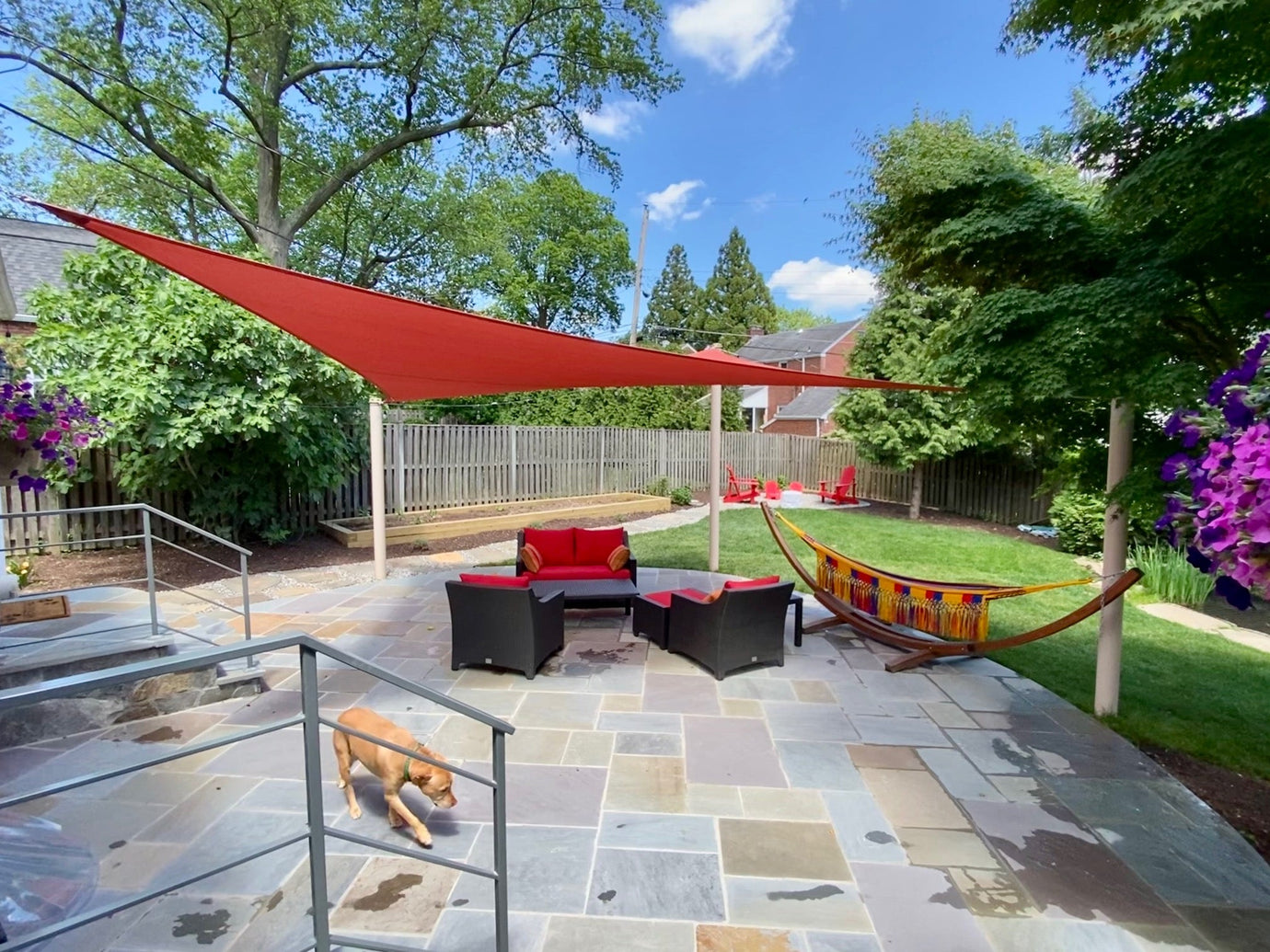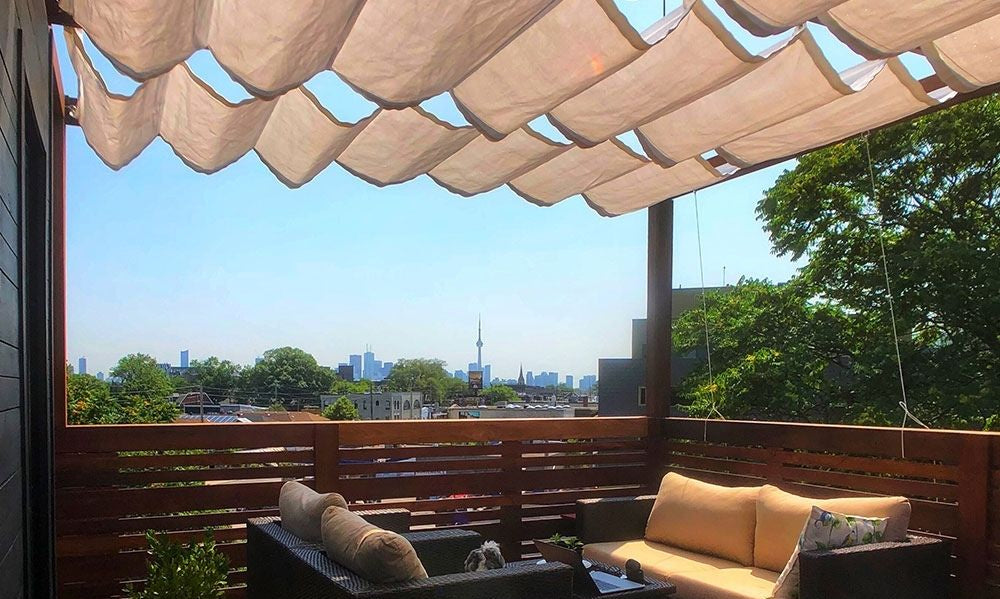Our YouTube channel includes detailed installation guides, frequently asked questions, product overviews and lots more. We are always open to content ideas so please let us know if there is a topic you would like us to cover.
Creating Sustainable Outdoor Areas: The Power of Tensile Structures

The push towards sustainability is more important than ever. Among the many ways to design with longevity and eco-friendliness in mind, sustainable outdoor spaces stand out as one of the most impactful strategies. From parks and playgrounds to courtyards and public plazas, these spaces offer environmental and social benefits that improve quality of life.
One of the most effective — and often overlooked — tools for creating sustainable outdoor areas the power of tensile structures lies in their innovative design and versatile application. This article explores how tensile structures contribute to sustainability, their key advantages, and where they’re making a difference.
The Essence of Tensile Structures
Tensile structures are lightweight architectural forms built on tension rather than compression. This unique approach makes them durable, flexible, and resource-efficient. Materials like PTFE-coated fiberglass and ETFE film provide long-lasting strength while maintaining visual appeal.
Key Benefits
-
Energy Efficiency: Reflect sunlight and reduce heat gain, lowering the need for artificial lighting or cooling.
-
Material Efficiency: Use fewer resources than traditional construction, reducing waste.
-
Adaptability: Easily adjusted to different climates, landscapes, and applications.
-
Recyclability: Many tensile materials are recyclable, supporting circular design practices.

Practical Implementations
Tensile structures are already transforming how we design and use sustainable spaces. Examples include:
-
Urban Parks: Canopies reduce heat islands and make parks more comfortable.
-
Playgrounds: Provide shaded, UV-protected play areas for children.
-
Public Plazas: Create adaptable, multifunctional spaces for markets, events, and gatherings.
-
Green Roofs & Gardens: Add shade and support plant growth in rooftop or garden environments.
How Tensile Structures Shape Sustainable Design
Beyond their physical form, tensile structures redefine how we think about building and sustainability. Their benefits extend far beyond aesthetics and shade:
-
Passive Climate Control: By naturally regulating temperature, tensile structures reduce reliance on air conditioning and artificial lighting. This lowers energy use and creates more comfortable environments.
-
Enhanced Biodiversity: In parks and gardens, tensile structures help regulate light and moisture levels, creating conditions for a wider range of plant species to thrive.
-
Community Engagement: Thoughtfully designed tensile structures can transform public spaces into welcoming, multifunctional hubs that encourage social interaction, cultural events, and outdoor recreation.
-
Longevity with Low Impact: Their long lifespan and minimal maintenance needs mean fewer resources are consumed over time, reducing waste and long-term environmental impact.
-
Integration with Smart Systems: Tensile structures can easily incorporate modern technologies — like rainwater harvesting systems or solar panels — to enhance sustainability even further.
By combining functionality, innovation, and environmental responsibility, tensile structures are more than just coverings — they are foundational elements in the future of sustainable outdoor design.

FAQ: Tensile Structures in Sustainable Design
What are tensile structures used for?
They’re versatile and used in applications like walkways, canopies, amphitheaters, sports venues, plazas, and green roofs.
How do they support sustainability?
They reduce energy use, require fewer materials, lower carbon emissions, and often use recyclable components.
What materials are most common?
PVC-coated polyester, PTFE-coated fiberglass, ETFE, HDPE, and steel cables are widely used for their strength and recyclability.
Are they cost-effective?
Yes. Tensile structures cost up to 30% less to build and install than traditional methods and reduce long-term maintenance and energy costs.
How durable are they?
They’re built to withstand harsh weather, including heavy rain, wind, and snow, while maintaining structural integrity for decades.
Conclusion
When it comes to creating sustainable outdoor areas the power of tensile structures is clear. Their energy efficiency, material savings, adaptability, and long lifespan make them a smart solution for modern outdoor design. By integrating tensile structures into parks, plazas, and community spaces, we can create environments that are not only beautiful and functional but also environmentally responsible.
Sustainable outdoor spaces are no longer just a goal — they’re an achievable reality with the thoughtful use of tensile structures.



